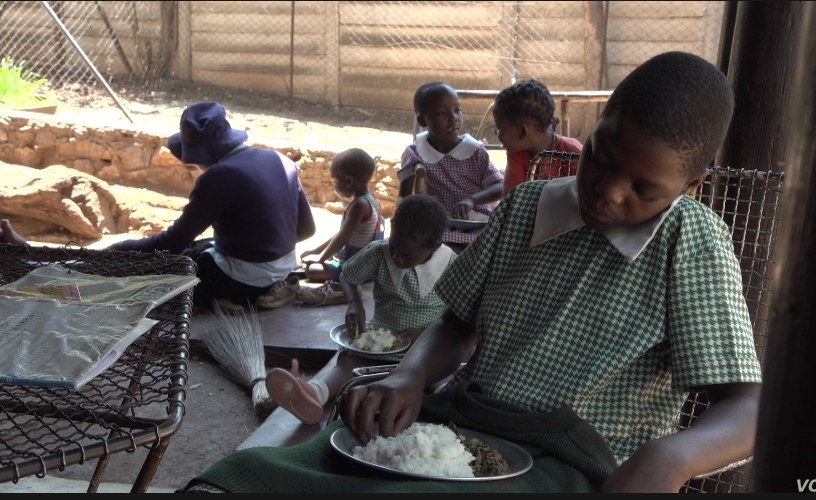BY NOKUTHABA DLAMINI
Poor
rural households in drought-ravaged Matabeleland North have already exhausted
their food stocks and are resorting to eating wild roots to survive.
Although
most parts of Zimbabwe received above average rainfall, in some parts of
Matabeleland the 2020/21 season was poor.
Mollen
Mpofu, 49-year-old widow said she was foraging for wild roots to feed her
chidren.
Mpofu
said they identify edible roots with help from members of the San community,
who still survive on hunting and gathering.
“I
cook porridge in the morning and for the day, we dig isadenda (a tuber),” she
said. “This has become our way of life.”
“We did not reap anything last season because
of heavy rains, which are not suitable for our type of soils.
“We
were also affected by wild animals like elephants and buffalos that encroach
into our fields.”
Maize
meal is readily available at the local shops, but Mpofu said she cannot afford
the US$7 for a 10 kg bag.
“Even though it is available, some of us still
struggle to get the money to buy the mealie mealie,” Mpofu said
The
department of Social Welfare says 87 000 people are in dire need of
humanitarian assistance in Tshololotsho.
It
is currently offering assistance to about 57 000 villagers that are already in
the beneficiaries database in the form of money transfers and non-governmental organisations have also
chipped in.
Priority
is being given to those with special needs and orphans.
A
local aid worker told VicFallsLive they had established that over 60 percent of
Matabeleland North’s population of around 750 000 were food insecure.
“We
have done some research in readiness for food (aid) distribution and some
people are literally going for days without food and there is a high risk of
malnutrition,” he said.
“Some
are now surviving on wild fruits and eating wild roots. The situation could be
dire.”
Daisy
Chuma (34) from Mabale village in Hwange said her family’s family grain
reserves were now depleted.
“We
had only managed to stock two drums of sorghum and millet and l have no idea
how we are going to see ourselves throughout the year,” Chuma said.
Sifiso
Ngulube from Manomano village in Nkayi said he was not able to grow any crops
last season because of poor health.
“The
rains were abundant, but how can one manage to do farming when they are
handicapped and without capital requirements needed?
“So
we are not yet sure how the year is going to look like because already we are
struggling with these four children, eating wild fruits like umwawa and
umkhemeswane,” Ngulube said.
According
to the United States-based Famine Early Warning Network (FewsNet), Matabeleland
North province recorded food deficits during the 2020/21 agriculture season
despite good rains.
FewsNet
warned that from October through to
January 2022, food security outcomes in some worse-off typical
deficit-producing areas in parts of Masvingo, Matabeleland North and South,
Manicaland, and Midlands provinces would
deteriorate.
Joseph
Phiri, a Hwange strategist focusing on hunger and poverty alleviation in the
district said there was need for establishment of irrigation and goats rearing
projects to assist impoverished communities especially in Hwange East and
Central constituencies.
Phiri said this could be done through state or Diaspora funding.

 Slider3 years ago
Slider3 years ago
 National4 years ago
National4 years ago
 Tourism and Environment4 years ago
Tourism and Environment4 years ago
 Opinion4 years ago
Opinion4 years ago
 Special reports4 years ago
Special reports4 years ago
 National4 years ago
National4 years ago
 National3 years ago
National3 years ago
 National3 years ago
National3 years ago



